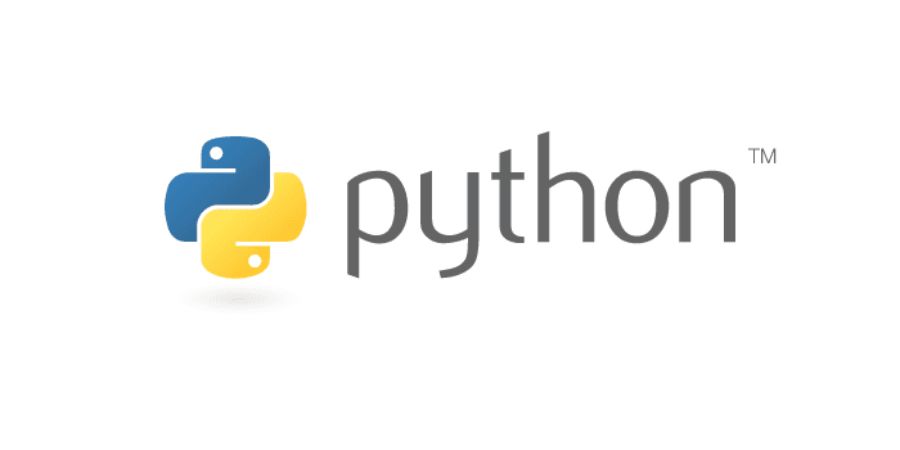

What is Python?
Python is a popular programming language. Produced by Guido van Rossum, and released in 1991.
Used for
web development (server-side),
software development,
statistics,
to write a program.
What can Python do?
Python can be used on a server to create web applications.
Python can be used next to software to create a workflow.
Python can connect to database applications. It can read and convert files.
Python can be used to handle big data and perform complex calculations.
Python can be used to perform faster prototyping or to improve software readiness.
Why Python?
Python works on different platforms (Windows, Mac, Linux, Raspberry Pi, etc.).
Python has a simple syntax similar to the English language.
Python has a syntax that allows developers to write programs with fewer lines than other programming languages.
Python works with an interpreter system, which means that the code can be made as soon as it is written. This means that prototyping can be very fast.
Python can be treated in a systematic, object-oriented or active manner.
good to know
The latest major version of Python is Python 3, which we will use in this tutorial. However, Python 2, although it can be upgraded for anything other than security updates, is still very popular.
In this tutorial Python will be written in text editor. You may be writing Python in an integrated development environment, such as Thonny, Pycharm, Netbeans or the most useful Eclipse when managing large Python file collections.
Python Syntax compared to other programming languages
Python is readable, and has some similarities to the English language, which is influenced by mathematics.
Python uses new lines to complete a command, unlike other programming languages that often use semicolons or parentheses.
Python relies on programming, using white space, to define size; such as the range of pitfalls, activities and categories. Some programming languages often use curved brackets for this purpose.
Many PCs and Macs will have python already installed.
To check if you have python installed on a Windows PC, search in the start bar for Python or run the following on the Command Line (cmd.exe):
C:\Users\Your Name>python --version
To check if you have python installed on a Linux or Mac, then on linux open the command line or on Mac open the Terminal and type:
python --version
If you find that you do not have python installed on your computer, then you can download it for free from the following website: https://www.python.org/
Python is an interpreted programming language, this means that as a developer you write Python (.py) files in a text editor and then put those files into the python interpreter to be executed.
The way to run a python file is like this on the command line:
C:\Users\Your Name>python helloworld.py
Where "helloworld.py" is the name of your python file.
Let's write our first Python file, called helloworld.py, which can be done in any text editor.


